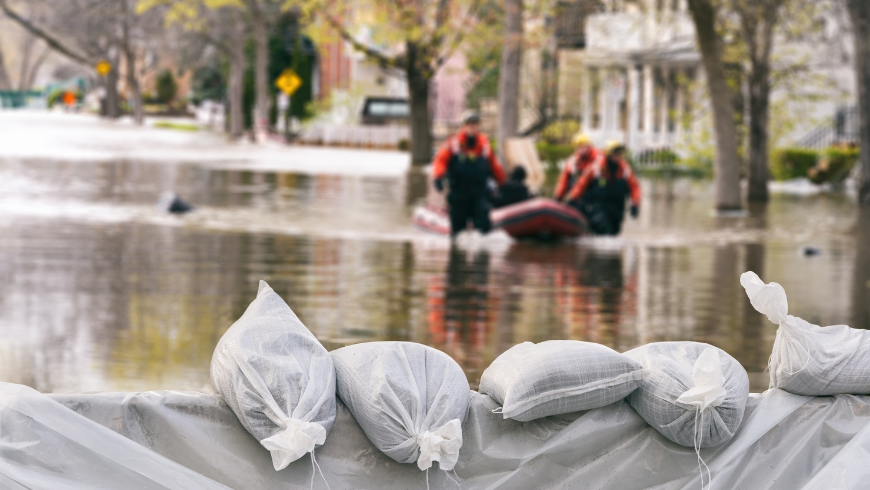137 results found
World Bank toolkit on best practices in gender equality and infrastructure PPPs.

Post-COP15, GI Hub's Strategic Adviser Denis Crevier explores some meaningful outcomes for biodiversity and its influence on infrastructure.
What qualifies as critical infrastructure, and what can governments and industry do to increase its resilience? We spoke to four experts for their perspectives.
In 2021, the G20 Finance Ministers and Central Bank Governors asked the G20's Sustainable Finance Working Group (SFWG) to develop a multi-year G20 Sustainable Finance Roadmap identifying the G20’s sustainable finance priorities, and to work on specific priority areas. This report characterises challenges, reviews existing practices, and proposes a set of recommendations to progress in the priority areas.

How sustainable infrastructure is a key enabler of the transition to a low-carbon economy and an important driver of resilient, inclusive growth
The QII Principles are voluntary, non-binding principles that reflect a common strategic direction and aspiration for quality infrastructure investment.

The QII Principles are voluntary, non-binding principles that reflect a common strategic direction and aspiration for quality infrastructure investment.

Drawing on examples and case studies, this report aims to provide a framework to optimise existing infrastructure assets and build new resilient infrastructure, including new strategies capable of ensuring quality and performance over the asset life-cycle.

The Indian government has committed to reducing the emissions intensity of its GDP by up to 25% by 2030. Buildings are identified in its nationally determined contributions (NDC) as one of the key levers to achieve this goal. The World Bank identified India as a prospective case study to carry out a quantitative assessment of the potential impact of the mechanism due to its complex?housing market, economic conditions and Federal structure. An economic cost-benefit analysis was conducted using the Excellence in Design for Greater Efficiencies (EDGE) green building software and cash flow modelling to assess the potential impact of a USD50m auction on the Indian market.
Long term private investors have long started investing in those assets, but the potential - and the need - for more and better private investment remains huge. Drawing on the vast pool of experience and contributions of LTIIA members, this report analyses the current constraints and current challenges limiting institutional investors’ share of the market.

In 2021, the Global Infrastructure Hub published the findings of a survey of G20 members that collected case studies and examples of projects or programs that demonstrate the benefits of QII or exemplify good practice in their countries or in recipient countries. This survey was undertaken at the request of the G20 Infrastructure Working Group (IWG). It can be accessed here.

The aim of this exercise is to better understand the landscape by cataloguing and mapping what already exists, acknowledging that the list will never be exhaustive.

A report providing quantitative analysis of ten EU National Resilience and Recovery Plans

The G20 Finance Ministers and Central Bank Governors (FMCBGs) met yesterday and issued a Communiqué outlining their collective commitments and priorities. The Communiqué cites several GI Hub tools that will help G20 countries and others harness the transformative potential of infrastructure and attract private investment in infrastructure.
The Thames Tideway Tunnel is an interceptor sewer being constructed in central London to control the 39 million tonnes of untreated sewerage that flows in to the Thames River on an annual basis
A case study of social infrastructure for education facilities in Saudi Arabia.
Based on the study of abroad experiences in the implementation of these type of contracts, an analysis of the current conditions and capabilities of UAE was conducted and it was found that they are similar to the conditions and capabilities of those countries
The project is initiated under Saudi Arabia?s Vision 2030 and National Industrial Development and Logistics Program (NIDLP) initiatives and is part of the Logistical and Land port infrastructure development program.
Cost: SAR 38 million Fully funded by the government
The Project alignment length is approximately 14.6 km and consists of a twin deck 2x2=4-lane road tunnel beneath the Bosphorus Strait connecting the European and Asian shores of Istanbul as well as widening of approximately 9 km of existing roads leading to the tunnel.

 Back
Back









